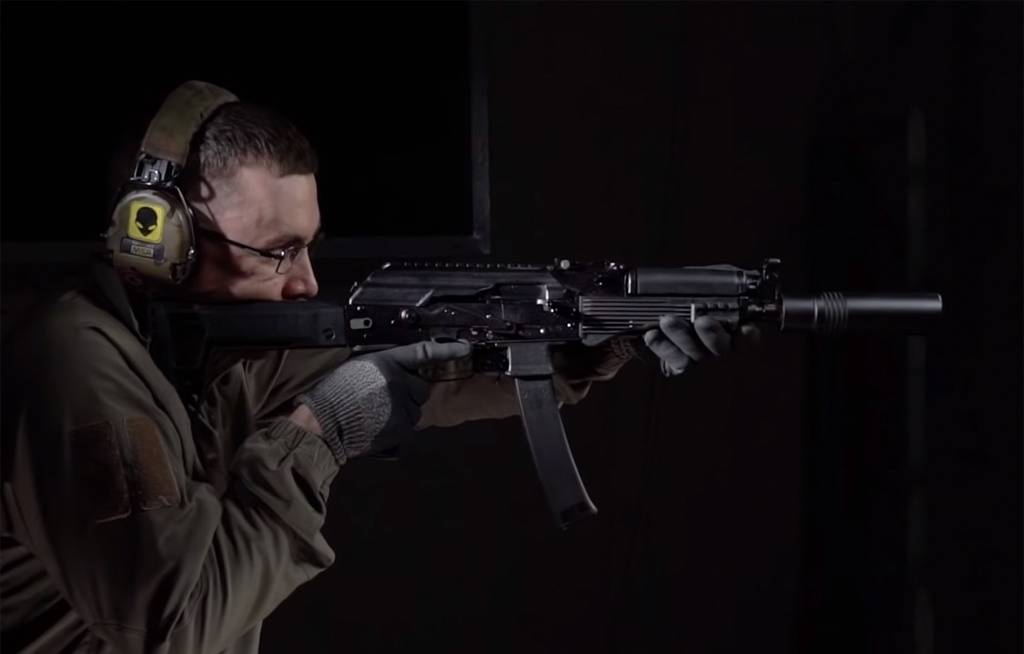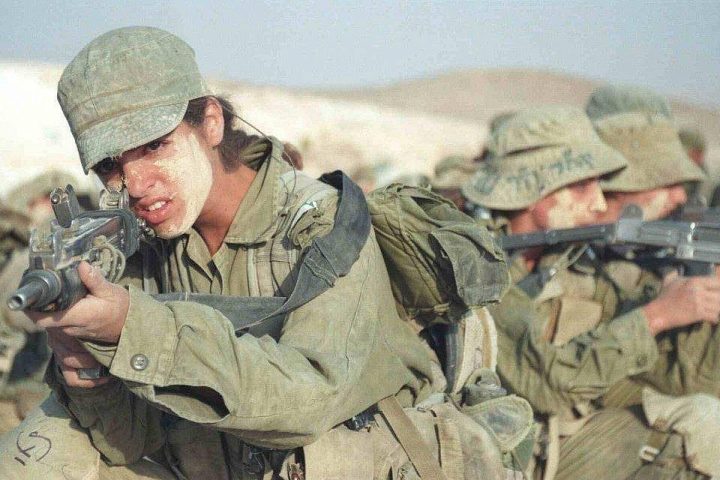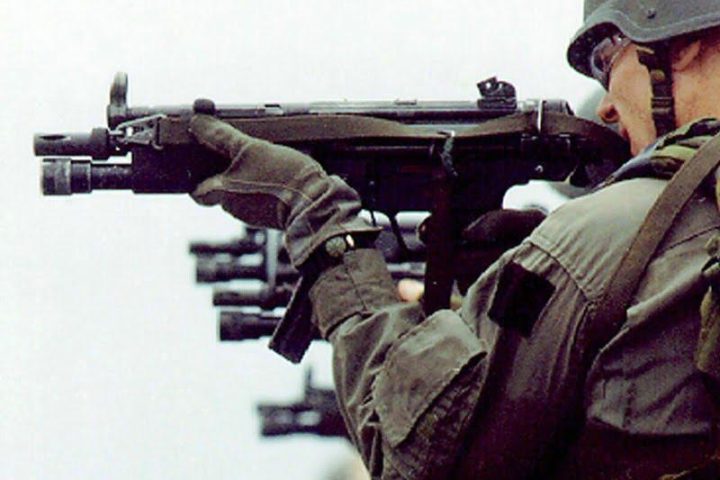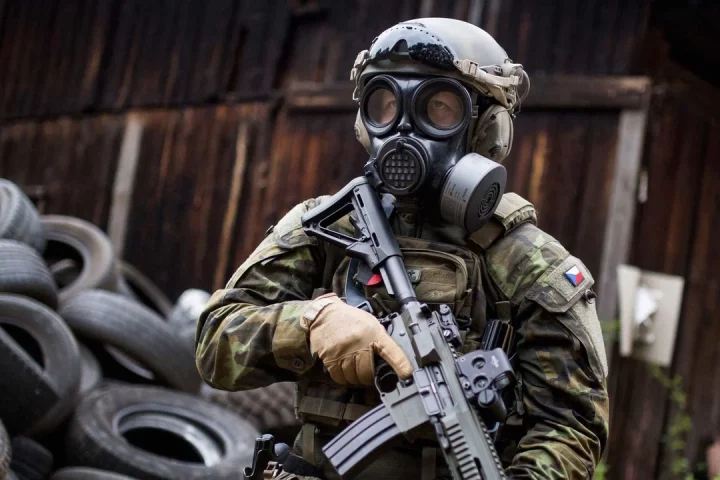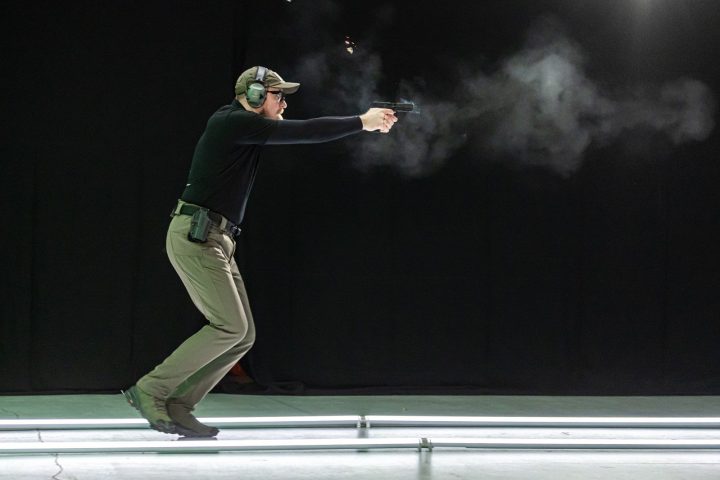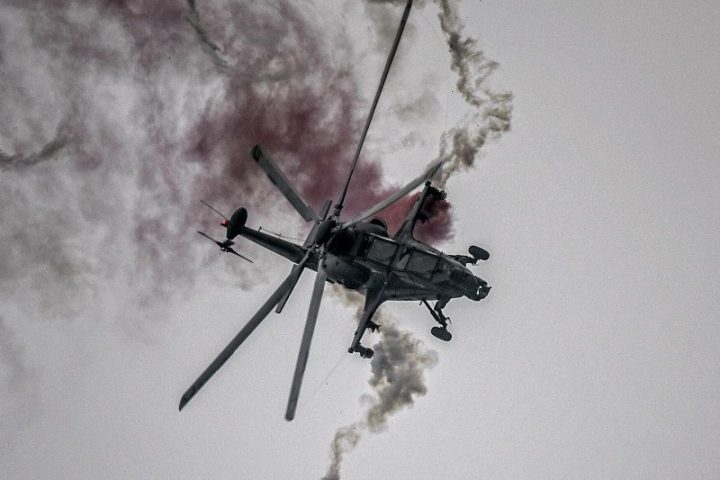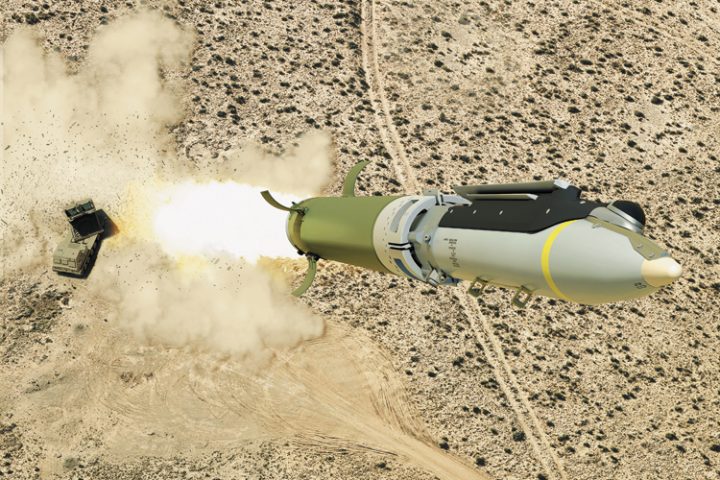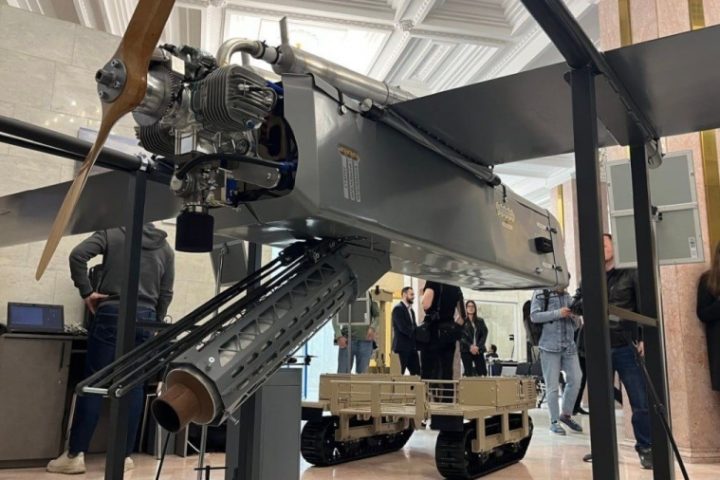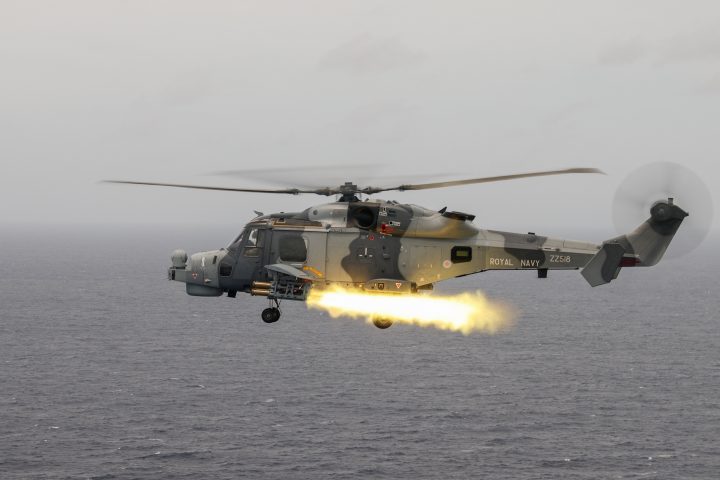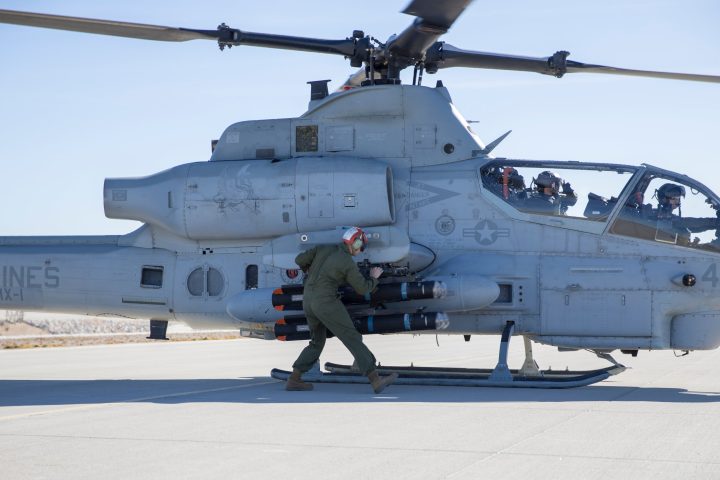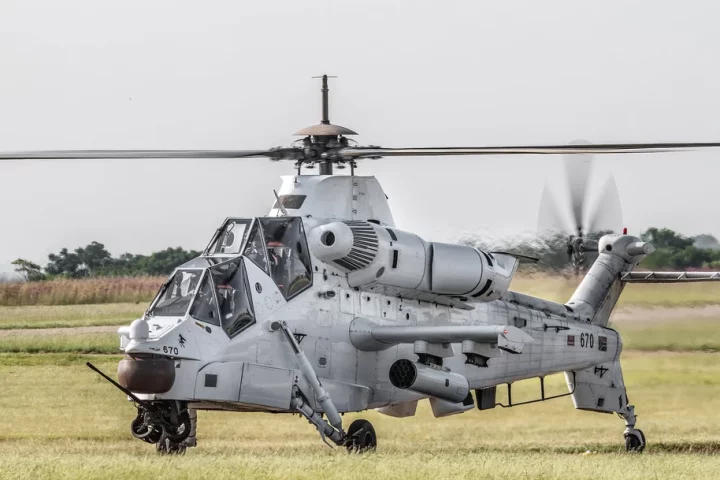The submachine gun (SMG; German: Maschinenpistole) emerged in the early 20th century to meet the demand for a compact, rapid-fire weapon effective in close-quarters combat. This concept first materialized during World War I, when trench warfare on the Western Front revealed the shortcomings of bolt-action rifles in tight engagements. In 1918, German arms manufacturers developed—and the military adopted—the first true practical submachine gun: the Bergmann MP18 (not to be confused with the Italian Villar Perosa). Its designer, Hugo Schmeisser (1884–1953), would become forever linked with SMG development, especially after his later MP38/40 achieved worldwide fame.
New era of military firearms
Chambered in 9×19mm Parabellum (9mm Para), the MP18 maintained a rifle-like profile while ushering in a new era of military firearm design. The choice of caliber was deliberate—it matched the ammunition used in German Luger and Mauser C96 pistols, making the transition easier for soldiers.
During the interwar period, nations worldwide developed their own SMG variants, refining the MP18’s design. By World War II, these weapons had become indispensable to both Axis and Allied forces. Several models stood out:
- Germany’s MP40 featured a simple blowback mechanism, innovative ergonomics, and ease of mass production. Its folding metal stock and quick reload capability made it popular among German troops, particularly paratroopers, armored units, and officers.
- The Soviet Union stayed true to the MP18’s rifle-inspired design with their PPSh-41 (“Shpagin”). Its distinctive 71-round drum magazine, high rate of fire, and resilience against mud and snow made it ideal for the Eastern Front. With over six million units produced, it became WWII’s most manufactured SMG.
- The United States relied on its formidable Thompson submachine gun (“Tommy Gun”). While the .45 ACP round delivered devastating close-range stopping power, the Thompson’s high production costs led to its eventual replacement by the more economical M3 “Grease Gun.”
- Britain’s answer came in the form of the Sten gun—crude in appearance but effective in function. Its simple design allowed for mass production even under wartime constraints.
The German MP38/40 ultimately set the benchmark for future SMGs. Beyond its folding stock and vertical magazine, it established enduring design principles: weight reduction, compact dimensions, innovative materials, cost-effective manufacturing, and practical functionality.
Post-War Developments and the Rise of Special Forces
As World War II ended, the submachine gun’s role as a frontline infantry weapon diminished with the advent of assault rifles like Germany’s StG 44, the Soviet AK-47, and America’s M16. Yet against these odds, two SMG designs would achieve global recognition.
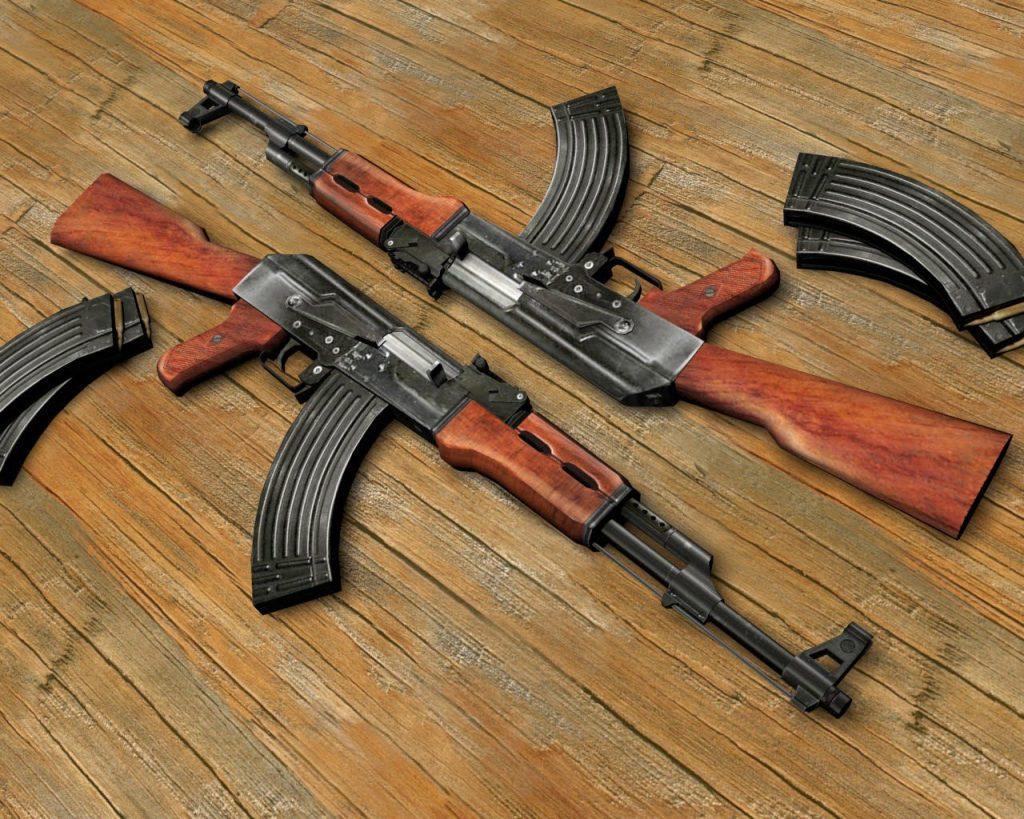
The first breakthrough came from Israel with the Uzi. Facing immediate security threats without advanced arms production capabilities, Israel needed an affordable yet reliable SMG. The solution originated from Czech engineer Jaroslav Holeček’s (1923–1997) obscure S23/25 designs, which Israeli officer Uziel Gal (1923–2002) adapted to create the Uzi in 1948.
The Uzi’s genius lay in its telescoping bolt design, which positioned the magazine within the pistol grip. This innovation created an exceptionally compact weapon that maintained balance and allowed intuitive “pistol-style” reloading. Despite its simple blowback operation, the Uzi became synonymous with Israeli military prowess and gained worldwide adoption due to its reliability, compact size, and user-friendly design. With minimal moving parts and stamped-metal construction, it achieved unprecedented production numbers that remain unmatched in SMG history.
The MP5 Revolution
West Germany’s Heckler & Koch took a radically different approach with their MP5, developed in the mid-1960s. Based on the G3 assault rifle, it employed a sophisticated roller-delayed blowback system. Unlike typical SMGs that fired from an open bolt, the MP5’s closed-bolt operation provided unmatched accuracy and control during automatic fire.
The roller-delayed mechanism worked by impeding the bolt’s rearward movement after firing. Gas pressure initially drove the bolt back, but two rollers engaging with receiver recesses delayed full opening until pressures reached safe levels. This engineering marvel gave the MP5 its legendary precision.
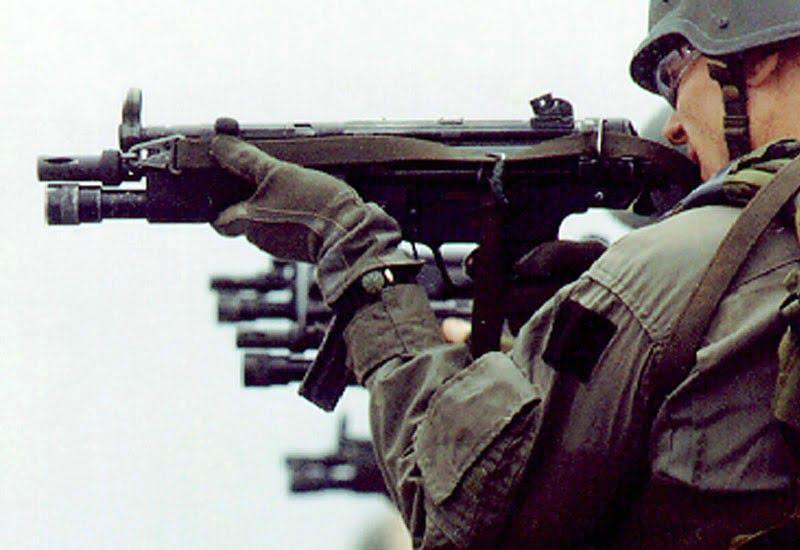
The MP5 earned its reputation through two landmark counterterrorism operations:
- 1977’s Operation Feuerzauber: German GSG 9 forces successfully stormed a hijacked Lufthansa plane in Mogadishu, Somalia.
- 1980 Iranian Embassy siege: British SAS operators conducted a televised hostage rescue in London.
These events established the MP5 as the gold standard for elite units worldwide, including the SAS, GSG 9, FBI, and Croatia’s Lučko Anti-Terrorist Unit. Its design principles continue to influence modern SMGs like Croatia’s Kuna.
Conclusion
While assault rifles have largely replaced SMGs in conventional military roles, these compact weapons maintain vital niches in special operations and counterterrorism. The Uzi demonstrated how simplicity and mass production could create an iconic weapon, while the MP5 redefined precision in automatic firearms. Their enduring legacy proves that even in an age dominated by rifles, the submachine gun retains unique tactical value.


